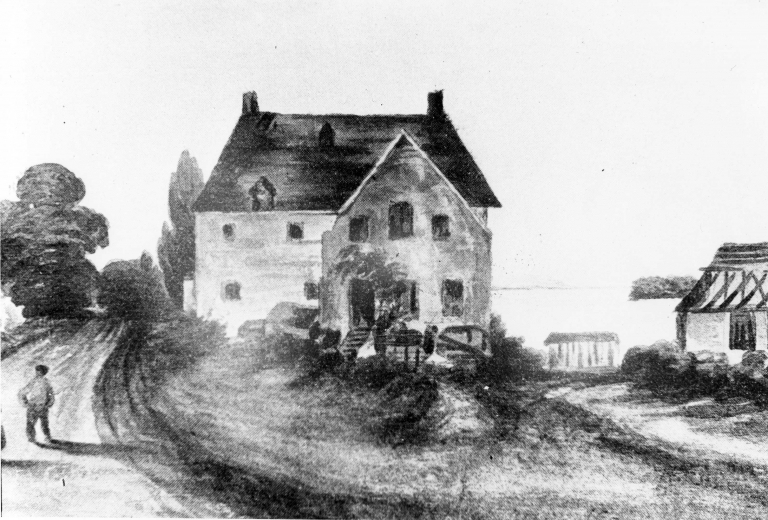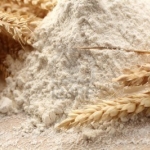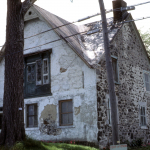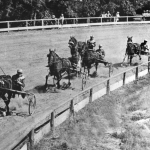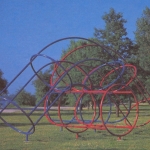Starting in 1712, the Sault Saint-Louis rapids were used to supply water to power the wheels of a water mill located near the land owned by Brault dit Pomminville. In 1723, the Séminaire de Saint-Sulpice de Montréal, the seigneur of the island of Montréal, had a new water mill built near the land of the Paré heirs—a bit more to the west than the previous mill. Imagine two water mills at the foot of rue Gagné in LaSalle, in Parc des Rapides, the older one located to the east and the newer one to the west, which benefited from a stronger water current and consequently from greater productivity, therefore prompting the Séminaire to abandon its old mill.
The new mill was in operation from 1723 to 1869. A number of millers, in turn, ground wheat and then oats, and the facilities were also used to card and full wool. The premises later became a nail factory, to which was added a dye plant during the 19th century. In 1735, Joseph Paré and his son Antoine, in 1764, became the millers of this mill. From the very outset, Joseph Paré well realized the big responsibility he had. In 1738, he hired Charles Citoleux, an experienced miller, to help him for an amount of 236 pounds, a pair of French shoes and one jug of brandy a month.
The millers gathered the part of the grindings removed from the wheat of the tenants, who were obliged to come and mill their harvest at the water mill in Lachine. The Sulpicians received their share as seigneur and the miller took his, which he could sell to bakers or merchants. Other millers took over from him in Lachine, and the Lachapelle family, in particular.

